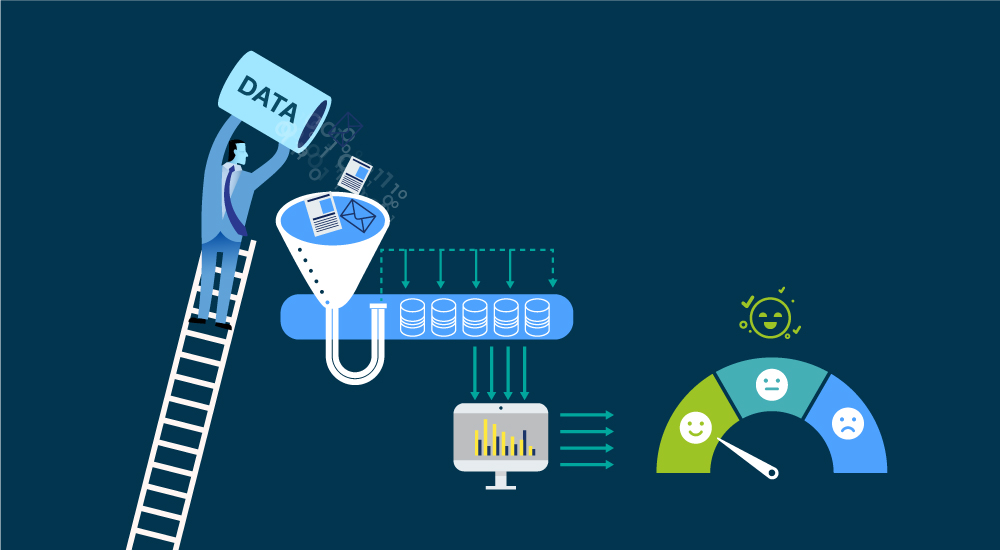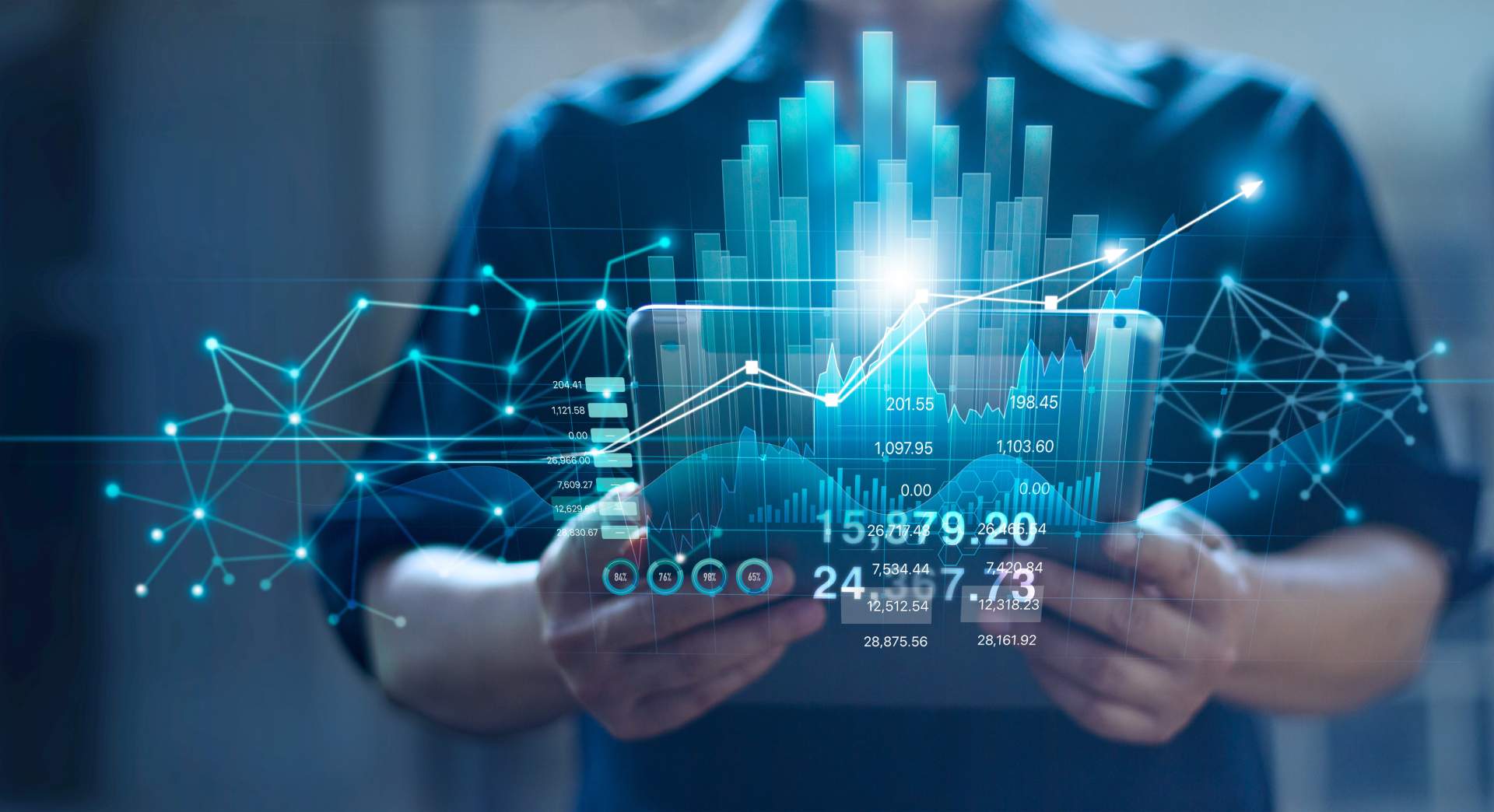Data plays an important role in the 4.0 era, as an infinite digital resource. Knowing how to leverage data, retail businesses hold the key for success.
The importance of data to retail industry
Retail is one of the industries most affected by the rapid advent of mobile devices and the internet. Technology changes customers’ buying habits, while also giving retailers new ways to respond and reach customers more effectively. The interaction and exchange on the technology platform creates an endless source of data, weaving into every corner of the retail process from mobile devices, wifi, to beacons, sensors, cookies and POS terminal equipment. By analyzing the data, retail business can use the results to enhance customer experience, as well as make strategic, product decisions and optimize its resources.
The values of data mining to retailers
1. Enhance customer experience across the value chain

Using data analysis results helps retailers capture consumer behavior and anticipate trends based on the signals that consumers leave, improving connectivity capability with customers from the beginning to the end of the value chain. By this way, retailers can understand consumers’ buying habits, preferences and are able to suggest to customers the right things they need, in the way they want, which help increase sales. According to a research result, by 2020*, 75% customers expect companies to be able to recommend the products they need before they make any contact to the business, while 73% of them expect the products they purchased will automatically track their operations status and order replacement parts / services if needed.

Using the results of data analysis is also the basis for retailers to control the status and quality of goods to ensure the best quality before delivery to customers. This application is being implemented by many companies around the world. For example, motion and light sensors may reveal areas of theft. The shock detection sensor can reveal damaged areas, and control whether food is within allowed temperatures to ensure their highest quality. This helps save resources, costs and indirectly increase profits for businesses.
2. Optimize human resources in sales
Thanks to sales data and data collected via mobile devices, retailers get information about the performance of sales coordinators. Metrics include the number of customers supported, average response time and frequency of sales. Data can be retrieved by store, department, or even by employee. As a result, managers can optimize labor forces between stores, reasonably allocate the number of employees for the peak time as well as transfer employees according to needs and devise policies to promote productivity if required.
3. Decide on a sales strategy
The abundance and granularity of existing data along with real-time data collection speeds allow retailers to adjust prices and offers based on when customers respond to price of a certain product, the information gathered about those customers, specifically: who they are, what product they are interested in, what products they’ve seen and how much they’re willing to pay for the recommended product.

The application of data analysis results can also help retailers measure consumers’ reaction to each color, taste, packaging, size, etc. of each product type, from which retailers make selective decisions to maintain products that are relevant to the taste, and eliminate unpopular products.
Besides, from synthesizing the desires and needs of customers, retailers can choose the selling method, decide the discount rate and the type of goods that need discounts to ensure the products are all sold out by end of the season to reduce inventory costs and maximize profit.
Data analysis also helps retailers plan on displaying goods in supermarkets as well as on online stores. Specifically, the goods with high cross-selling rate will be arranged next to each other, the most interested goods will be arranged in the most visible position. The most appealing goods combinations will increase sales conversion rates for businesses.

Sources to collect quality data
Today, data is the key to retail business’ development. However, the more data collected from various sources, the more complex the quality control process. A wise business understands that it is important to select quality data to produce truly meaningful results. There are many ways to collect customer data, some of which are commonly applied, helping to gather quality data information including:
Tracking information online when customers access the website to see who is visiting, how long to visit, what products have been viewed, etc.
Collecting data through business’s marketing campaigns or through different channels such as Google, website, email or social networks such as Facebook to measure effectiveness and identify users’ interest to certain products. Based on this, retailers get data on the number of people who saw the ad, time session of interaction, the device used, etc.
Social media: Collect data from this source by searching for own brand name, buying data from 3rd parties or using specialized information collection tools.
Collect registration data: Provide customers a certain value and in return, ask for personal information from them. By this way, businesses receive valuable information, as the information customers provided are highly convertible.
Data from stores’ cameras: This data reveals the moments when the most customers visit the store, the areas that are most likely to receive attention of customer, the type of items that are most interested, the body language of the customer to realize their responds and reactions to products.
Future data applications in retail
Data is an endless digital resource in this era. To be able to take advantage of the potentials brought about by data, businesses need to build a solid data foundation as the basis of applying new technologies such as AI, Big Data, BI, etc. to deliver the best experience for customers as well as resource development for businesses. A good data foundation is formed when an enterprise builds a database based on a selection of good data sources, eliminating unusable data as well as unifying the data generated on various sources together. Thus, the analysis of the data will give better results, which is the premise for the proposed solutions that are beneficial to the business.
Reference source
(*) Salesforce. 2017. Customer expectation in the age of the customer.





